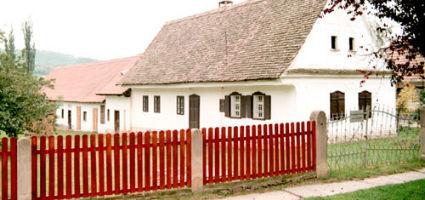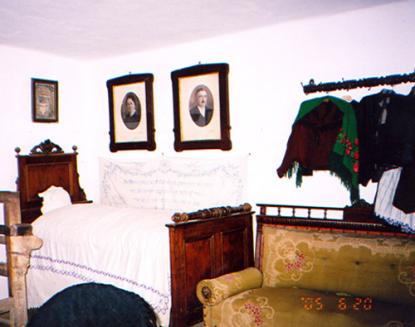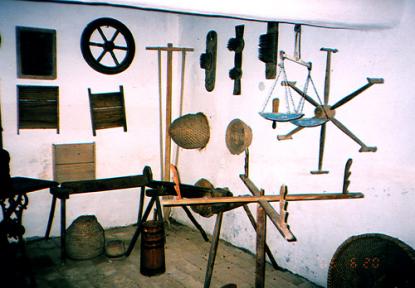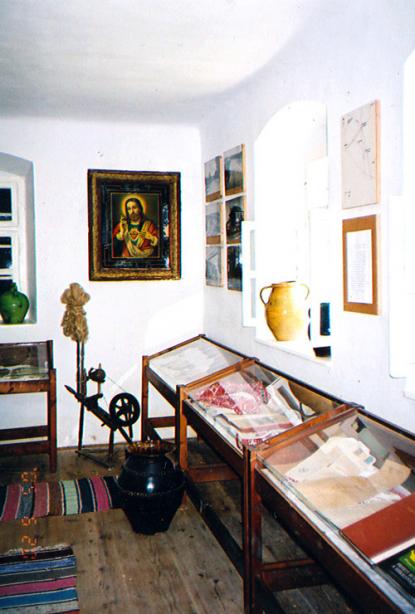2024. May 1. Wednesday
Hidas Region House - Hidas
 |
Address: 7696, Hidas Kossuth Lajos utca 111.
Phone number: (72) 457-315
E-mail: htajhaz@gmail.com
Opening hours: On prior notice
|
The building was owned by the ploughman Johann Lukas with the house next to it. It is not proven that the date on the façade 1829 is valid. The front fence however with the monolith stone pillars with the initials J.L seem like the work of masters of the olden times.
The building has stone bases while the walls are made of clay and straw mortar. The wall of the barn is of brick, with Fachwerk roof, open chimney tasty windows and rich facade architecture.
The exact copy of the house is located at the Open Air Ethnography Museum of Szentendre.
The house was constructed gradually, step by step. The first unit is made up of a room-kitchen-room set.
The clean room to which the visitors can enter through a beautiful carved door commemorates the Székely predecessors.
A unique hearth, the only one in Hungary found in Hidas, crossing over the other room is situated in the kitchen. The part used for cooking is in the kitchen, the part for baking is in the room.
The German room was located in the room with the dirt floor. It shows fittings, personal articles, clothing and old photos of local Germans.
It is followed by the open-chimney kitchen from which the cellar opens underneath. Articles like comb, naddle, flail, wash-tub etc are on display in there.
Agricultural tools, ploughs, grinds, harnesses are in the barn. The oldest of them is a vine-press from 1792.
The permanent exhibition in the seventh room presents typical fittings and accessories of the first part of the 20th century.
The building has stone bases while the walls are made of clay and straw mortar. The wall of the barn is of brick, with Fachwerk roof, open chimney tasty windows and rich facade architecture.
The exact copy of the house is located at the Open Air Ethnography Museum of Szentendre.
The house was constructed gradually, step by step. The first unit is made up of a room-kitchen-room set.
The clean room to which the visitors can enter through a beautiful carved door commemorates the Székely predecessors.
A unique hearth, the only one in Hungary found in Hidas, crossing over the other room is situated in the kitchen. The part used for cooking is in the kitchen, the part for baking is in the room.
The German room was located in the room with the dirt floor. It shows fittings, personal articles, clothing and old photos of local Germans.
It is followed by the open-chimney kitchen from which the cellar opens underneath. Articles like comb, naddle, flail, wash-tub etc are on display in there.
Agricultural tools, ploughs, grinds, harnesses are in the barn. The oldest of them is a vine-press from 1792.
The permanent exhibition in the seventh room presents typical fittings and accessories of the first part of the 20th century.


